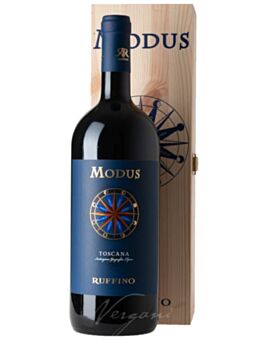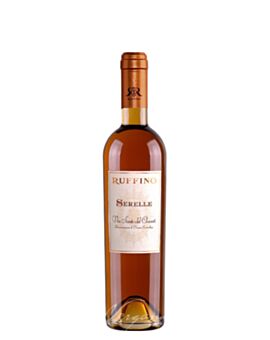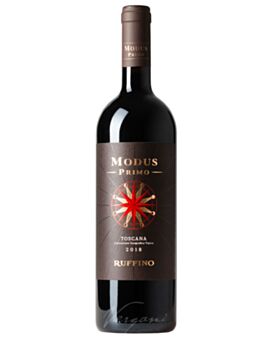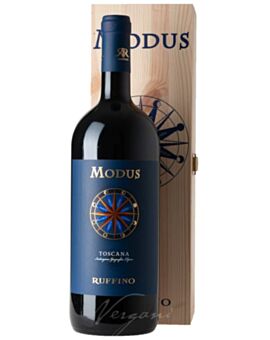Ruffino
Ruffino
Montemasso perches like a luxurious eagle's nest, a defiant modern castle on the highest point of a hill to the south of Florence. The "rocky mountain" is the preferred residence of the Folonari family, owners of the Ruffino wine empire. In breakneck serpentines, a private road lined with dense bushes, gnarled trees and blooming oleander leads us higher and higher until we finally pull up in front of the aristocratic estate.
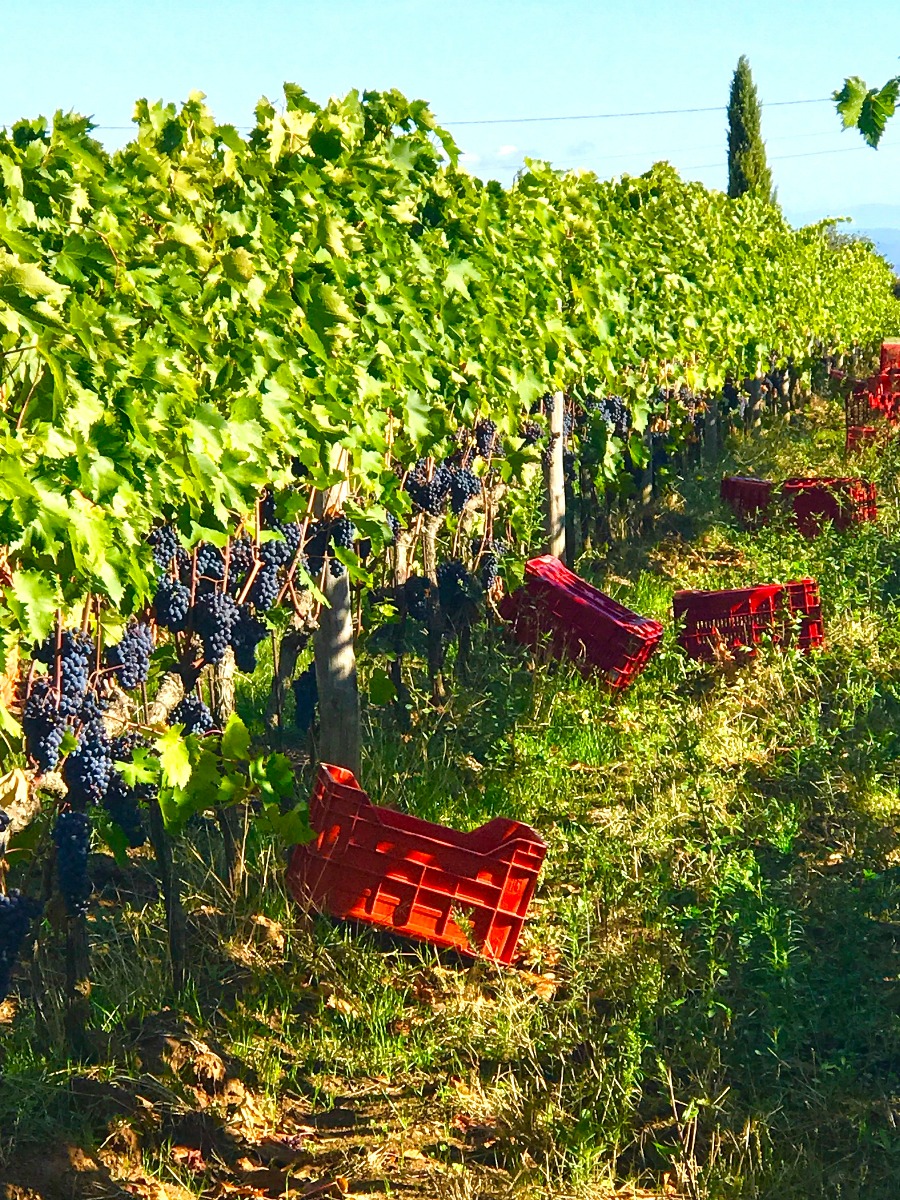
The valet eagerly opens the door for us. Through the comfortably furnished living rooms, the "Major domus" leads us to the huge terrace, where we first lean speechlessly against the ballustrade for a while and let the breathtaking view take its effect on us. Far below us, gently undulating vineyards stretch out, interrupted here and there by individual groups of trees, fields or houses; on the horizon, harmless summer clouds pile up. A pleasant breeze makes us forget the heat of the day. Deep, peaceful silence reigns all around.
Footsteps startle us: The owner of the house, Adolfo Folonari, the general manager of Ruffino, who is running the winery together with his brother Luigi and supported by a competent team of oenologists and agronomists (including the star oenologist Carlo Ferrini), appears. He doesn't have much time, the busy, smart Adolfo, who probably absorbed his love of wine with his mother's milk, but he doesn't miss the opportunity to greet us personally, to pose with Reto and Luca Vergani for the family album and to invite us to an aperitif. We are served a crisp Sauvignon blanc from Friuli, wonderfully fragrant and of great breed. Of course, it comes from one of Folonari's wineries.
"The Duke of Aosta even appointed Ruffino the official purveyor to the court of the Italian royal family. Ruffino was finally ennobled."
Ruffino and its wines are an integral part of the history of Italian viticulture - in fact, the winery itself has made history. Ruffino was founded more than 130 years ago by the two cousins Ilario and Leopoldo Ruffino. Their goal: to create the ideal winery and produce ideal wines. Soon, their Tuscan wines became famous and won medals on a grand scale. The most pampered wine lovers in the world began to drink Ruffino wines. A particularly loyal customer was Giuseppe Verdi, who immediately placed a standing order with Ruffino and is said to have been very annoyed when his wine delivery was once delayed. The Duke of Aosta even appointed Ruffino the official purveyor to the court of the Italian royal family. Thus, Ruffino was finally ennobled.
In 1913, the childless cousins sold their business to the Tuscan Folonari family, who had been involved in viticulture for generations. Dynamic and determined, they developed the winery into the empire it is today, with a landholding of 1500 hectares, 600 of which are planted with vines. Annually, 14.5 million bottles of wine are produced. The company has eight large wineries, seven in Tuscany, the eighth in Friuli, one more beautiful than the other: Greppone Mazzi (Montalcino), Lodola Nuova (Montepulciano), Santedame (Chianti Classico), Poggio Casciano (Colli Fiorentini), Montemasso (Colli Fiorentini), La Solatìa (Colli Sienesi) and Borgo Conventi (Collio and Isonzo, Friuli).
Maarten Leereveld, Ruffino's commercial director, takes it upon himself to introduce us to the wines and to guide us through the visitor's center of Poggio Casciano, a carefully renovated Renaissance villa, which today also serves as a stylish guest house, seat of the Ruffino agronomists, research center, and, of course, as a wine cellar. Maarten, a likeable Dutchman who has long since become a convinced Italian and is married to a Sienese woman, shows us the grandiose barrique cellar, which is almost reminiscent of a temple in its simple beauty. Next door, in the ultra-modern vinification cellar, the steel tanks gleam. "We undertake numerous tests and experiments in close cooperation with the University of Florence", Maarten tells. The goal is always to find the perfect match between grape variety, terroir and microclimate. "While we are committed to a great tradition, we definitely make experimental wines." There are 25 of them altogether, among them being as famous as the profound Chianti Classico Riserva Ducale Oro, the great classic of the house, then the very modern, internationally appearing Modus (an attractive cuvee out of Sangiovese, Cabernet Sauvignon, and Merlot), or the distinguished Romitorio di Santedame (a blend out of Colorino and Merlot), all three of them again and again hot contenders for the coveted three glasses of the Italian wine guide Gambero Rosso. A speciality of Poggio Casciano is the Pinot nero: "Ruffino was the first azienda that dared to plant Pinot nero in Tuscany; that was in 1985."
At Ruffino, traditional, local varieties stand side by side with international varieties; each one finds the place it likes, giving one of the wines something of its personality. Even the basic wines can be seen. And their level increases from year to year, as the Gambero Rosso states. No wonder, since 30 million euro have been invested in the past few years in the new planting of vineyards, the renovation of the wine estates, and the modernization of the cellar equipment. Ruffino and the Folonari family are obviously not planning to rest on their laurels.







